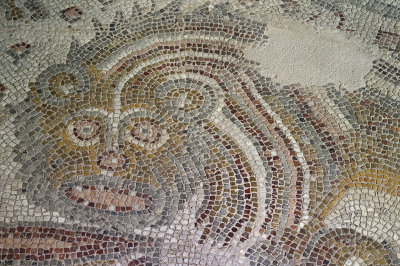
Gaziantep Zeugma Museum september 2014 2800.jpg |
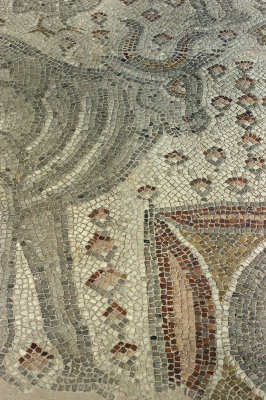
Gaziantep Zeugma Museum september 2014 2801.jpg |
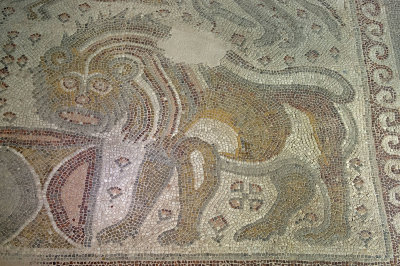
Gaziantep Zeugma Museum september 2014 2803.jpg |
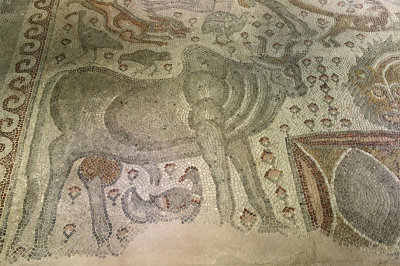
Gaziantep Zeugma Museum september 2014 2804.jpg |
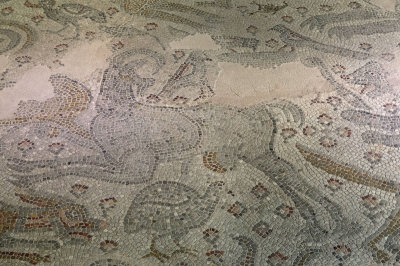
Gaziantep Zeugma Museum september 2014 2805.jpg |

Gaziantep Zeugma Museum september 2014 2806.jpg |
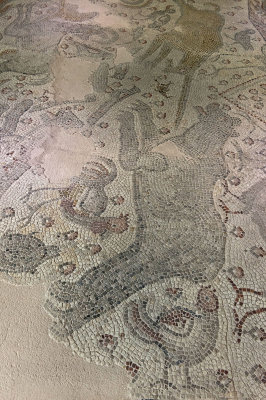
Gaziantep Zeugma Museum september 2014 2807.jpg |
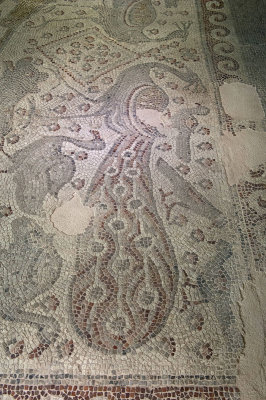
Gaziantep Zeugma Museum september 2014 2808.jpg |

Gaziantep Zeugma Museum september 2014 2809.jpg |

Gaziantep Zeugma Museum september 2014 2810.jpg |
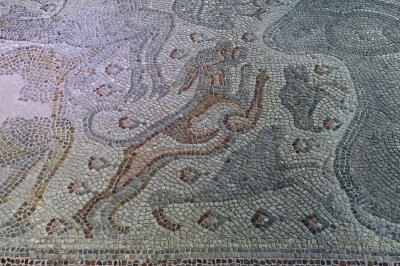
Gaziantep Zeugma Museum september 2014 2811.jpg |
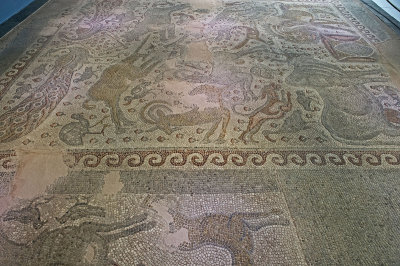
Gaziantep Zeugma Museum september 2014 2812.jpg |
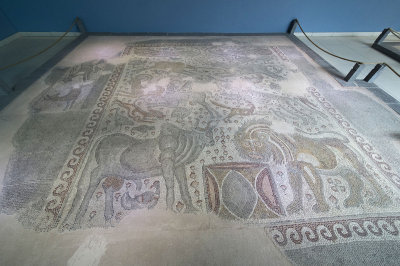
Gaziantep Zeugma Museum september 2014 2847.jpg |
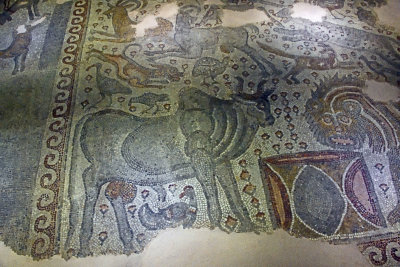
Gaziantep Zeugma museum Sulumagara mosaic sept 2019 4175.jpg |
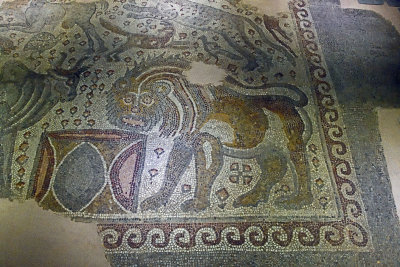
Gaziantep Zeugma museum Sulumagara mosaic sept 2019 4176.jpg |
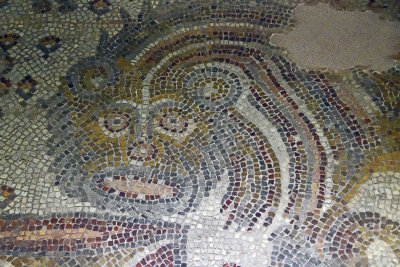
Gaziantep Zeugma museum Sulumagara mosaic sept 2019 4178.jpg |

Gaziantep Zeugma museum Sulumagara mosaic sept 2019 4179.jpg |
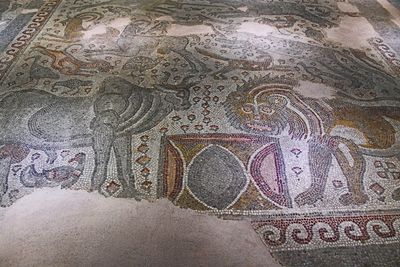
Gaziantep Zeugma museum Sulumağara mosaic in 2024 7947.jpg |
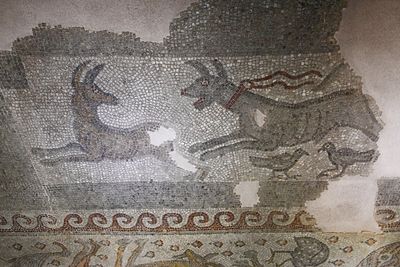
Gaziantep Zeugma museum Sulumağara mosaic in 2024 7948.jpg |
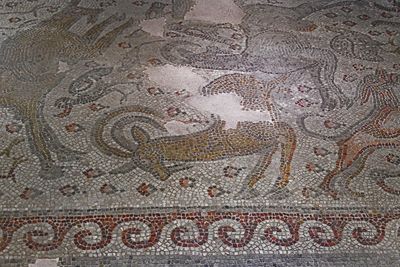
Gaziantep Zeugma museum Sulumağara mosaic in 2024 7950.jpg |

Gaziantep Zeugma museum Sulumağara mosaic in 2024 7951.jpg |
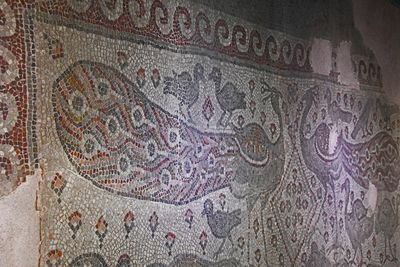
Gaziantep Zeugma museum Sulumağara mosaic in 2024 7952.jpg |
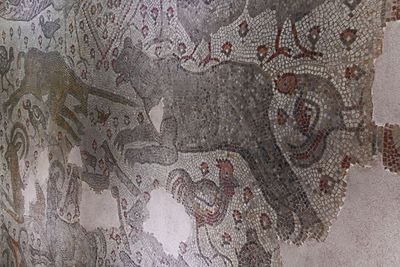
Gaziantep Zeugma museum Sulumağara mosaic in 2024 7953.jpg |
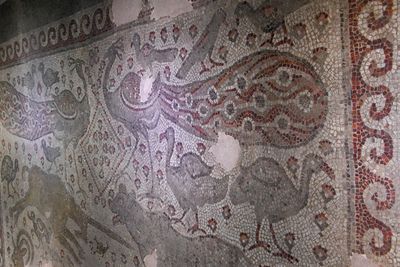
Gaziantep Zeugma museum Sulumağara mosaic in 2024 7954.jpg |











